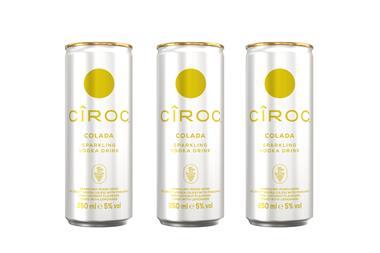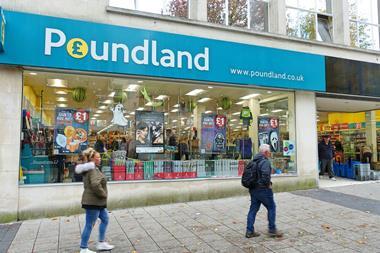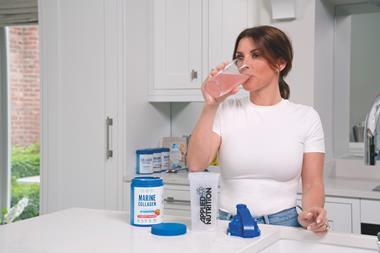At a time when advertising on TV is cheaper than for many years, looking at the big sectors can give a good indication as to the thought process of some of the biggest marketers in the country. Do you run your original budget and get a bigger campaign, or do you cut the spend and get the original weight?
In TV at the moment, people are opting for the latter, putting less money into the market and adding to the deflationary effects. Cereal manufacturers are among the most consistent advertisers on TV, averaging about 3,600 housewives and children viewer ratings a month for the past two years. And although spend in the category is down, it isn’t down anywhere near as much as in other categories.
Last month, a 16% year-on-year drop in total cross-category TV spend was recorded. Across the first half, revenue was flat but more people were watching, so the price paid for advertising went down. In the second half, revenue has fallen but viewing is still up, so deflation has accelerated. In cereals, the impact was less severe, however. In September, estimated spend was down 13% on last year, while total weight of advertising was up 9%, largely thanks to the reduced cost of advertising.
TV remains the driving force for the category, with press spend this September down more than half year-on-year. A significant proportion of this change is due to Kellogg’s reducing its press spend, which was particularly heavy at times in 2007. Across the category as a whole, only 5% of total TV and press spend was committed to press compared with 13% last year. Though press has not traditionally been a strong medium for fmcgs, this sector has lost out more heavily to TV recently, with national newspapers left out in the cold.
In September 2007, The Mail on Sunday and Sunday Telegraph accounted for the most spend, taking more than £250,000 between them. Good Housekeeping was the highest ranked magazine in terms of cereal advertising spend, in ninth position in a ranking of press spend.
However, this year national press has all but disappeared from the schedule, while magazines have remained. The newspaper receiving the most revenue was The Mirror, in fourth with just over £18,000. The top title was Asda Magazine, with a spend of £60,000.
In TV at the moment, people are opting for the latter, putting less money into the market and adding to the deflationary effects. Cereal manufacturers are among the most consistent advertisers on TV, averaging about 3,600 housewives and children viewer ratings a month for the past two years. And although spend in the category is down, it isn’t down anywhere near as much as in other categories.
Last month, a 16% year-on-year drop in total cross-category TV spend was recorded. Across the first half, revenue was flat but more people were watching, so the price paid for advertising went down. In the second half, revenue has fallen but viewing is still up, so deflation has accelerated. In cereals, the impact was less severe, however. In September, estimated spend was down 13% on last year, while total weight of advertising was up 9%, largely thanks to the reduced cost of advertising.
TV remains the driving force for the category, with press spend this September down more than half year-on-year. A significant proportion of this change is due to Kellogg’s reducing its press spend, which was particularly heavy at times in 2007. Across the category as a whole, only 5% of total TV and press spend was committed to press compared with 13% last year. Though press has not traditionally been a strong medium for fmcgs, this sector has lost out more heavily to TV recently, with national newspapers left out in the cold.
In September 2007, The Mail on Sunday and Sunday Telegraph accounted for the most spend, taking more than £250,000 between them. Good Housekeeping was the highest ranked magazine in terms of cereal advertising spend, in ninth position in a ranking of press spend.
However, this year national press has all but disappeared from the schedule, while magazines have remained. The newspaper receiving the most revenue was The Mirror, in fourth with just over £18,000. The top title was Asda Magazine, with a spend of £60,000.













No comments yet